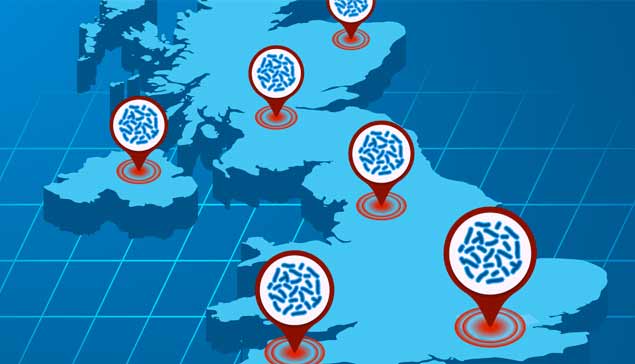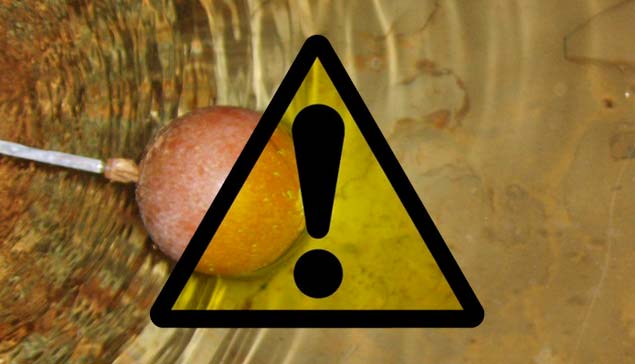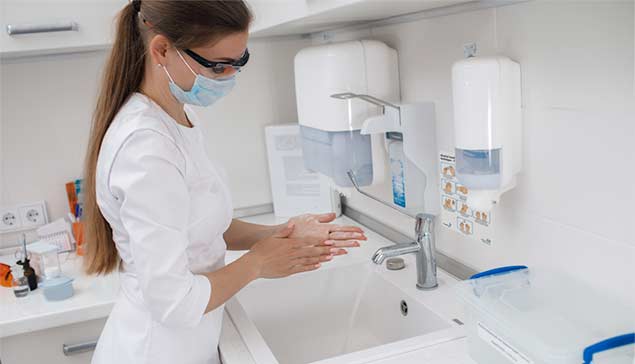ASSOC. COMPANY
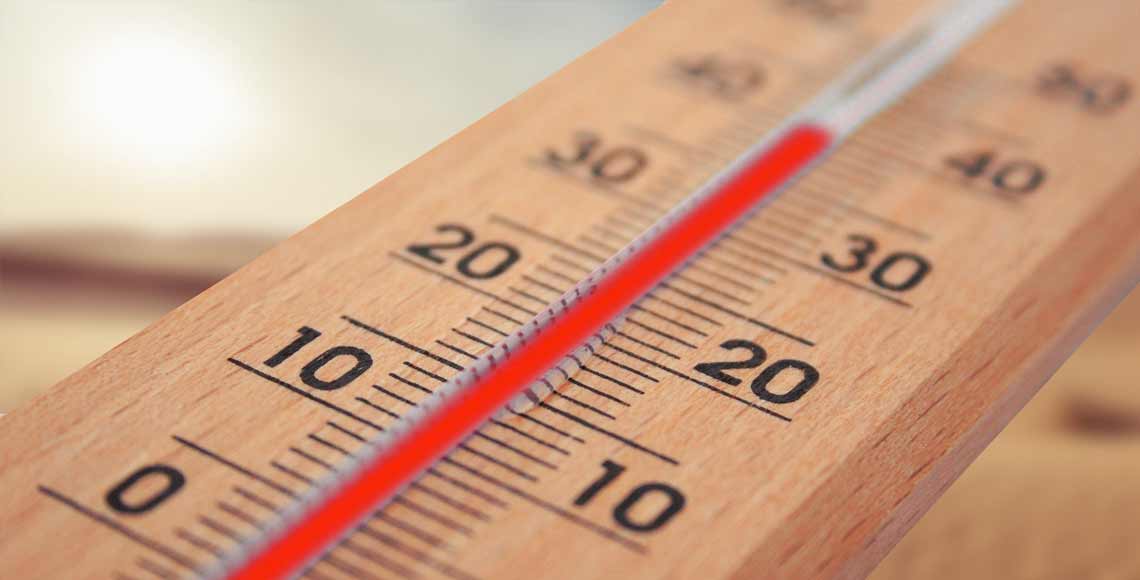
24 July 2014
Temperature effects on Legionella proliferation in water systems
April saw the start of a long summer for the UK, with temperatures hitting 27°C in June. The high temperatures and humidity we are experiencing are predicted to continue into August.
Last year the UK experienced a heatwave, with almost 3 weeks exceeding daily temperatures of 28°C, and experts warn this could become more common. Should this pattern continue, experts say the UK could see a repeat of the historic summer of 1976, whereby temperatures reached 32°C in parts of England. Coincidentally, 1976 was the year the first recognised cases of Legionnaires’ disease occurred. The outbreak was in Philadelphia, Pennsylvania, during a Legionnaires’ convention. 182 people contracted the disease resulting in 29 deaths.
What does this mean for your water system?
In accordance with ACoP L8 and HSG274 cold water should be stored and distributed below 20°C. This limits the likelihood of bacteria proliferation within your water system. Insufficient insulation on cold water storage tanks and pipework increases the transfer of heat from the environment, allowing the water temperatures to exceed the recommended parameters and enter the bacterial proliferation zone. Legionella bacteria in particular, thrives in humid conditions between 20-45°C, with optimum growth occurring at 37°C.
Other bacteria such as Coliforms, E-Coli and Pseudomonas, which can be found within a contaminated water source, are also well suited to these warm conditions.
We often hear of cases of Legionnaires’ disease in warmer climates. In 2010, of the 359 reported cases in England and Wales, 116 cases were contracted whilst travelling abroad. Nevertheless W.E.T technicians have recorded an increase in tank temperatures across the UK over the past few months and are warning clients to be more aware of this.
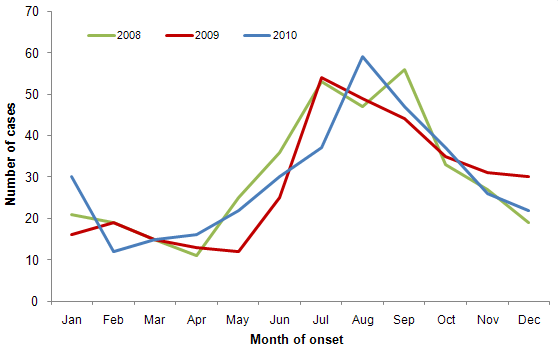
This graph shows the significantly higher number of cases contracted in the warmer months of the year and subsequent months following. Sourced from www.hpa.org.uk
How do you prevent this?
There are many ways you can prevent the temperature gain and maintain a healthy and compliant water system.
- Locate the cold water storage tank in a cool place out of direct sunlight and ensure sufficient insulation is present on both the tank and cold pipework.
- Implement a regular flushing regime to ensure a regular turnover of stored water.
- Undertake monthly temperature monitoring of sentinel outlets and also representative outlets on a rotational basis. The outlet should be ran for 2 minutes, after which the temperature should be at a maximum of 20°C.
- Undertake temperature monitoring of the cold water storage tank on a six monthly basis.
For more information and guidance on how you can minimise the risk please contact our knowledgeable team on 01827 288810.


